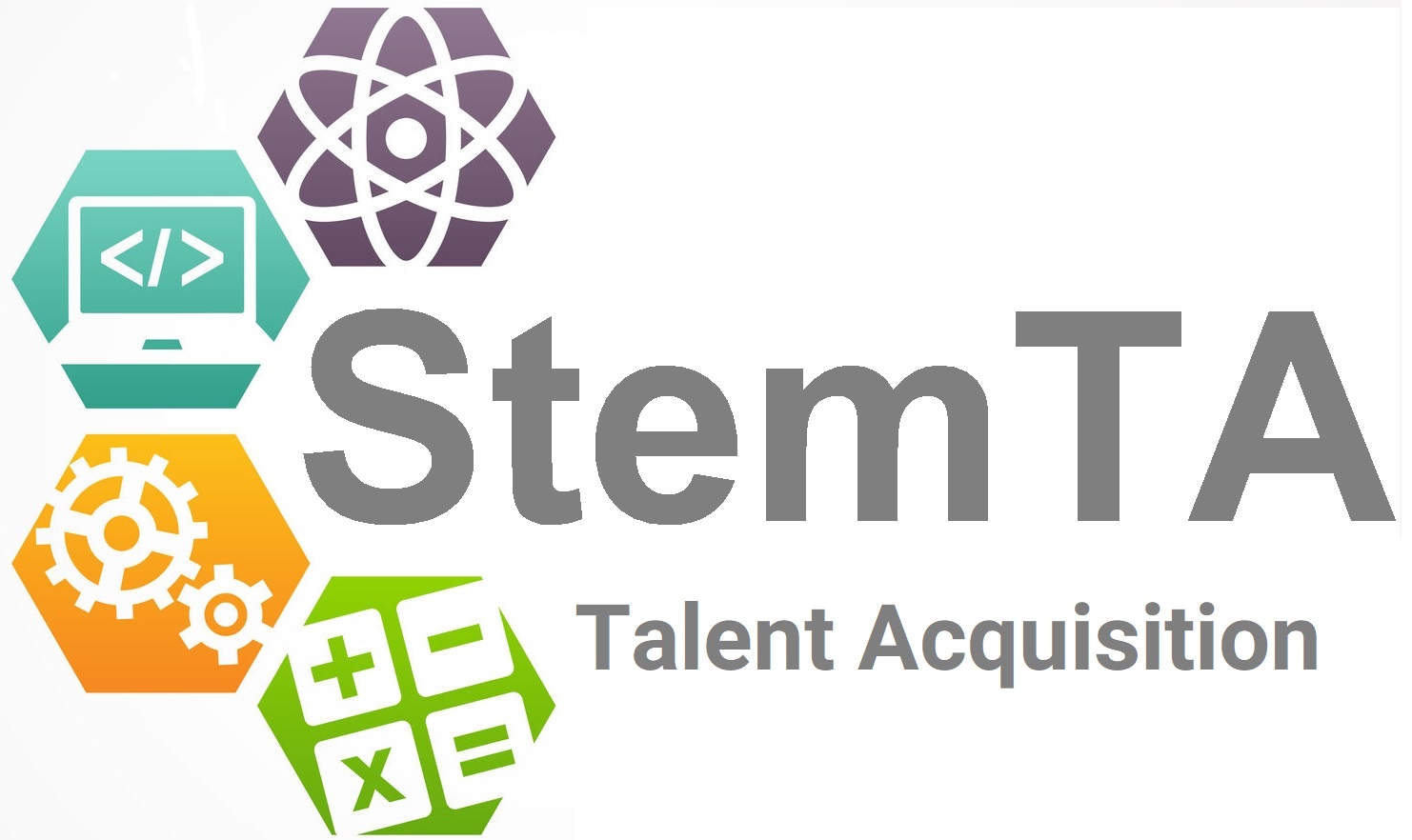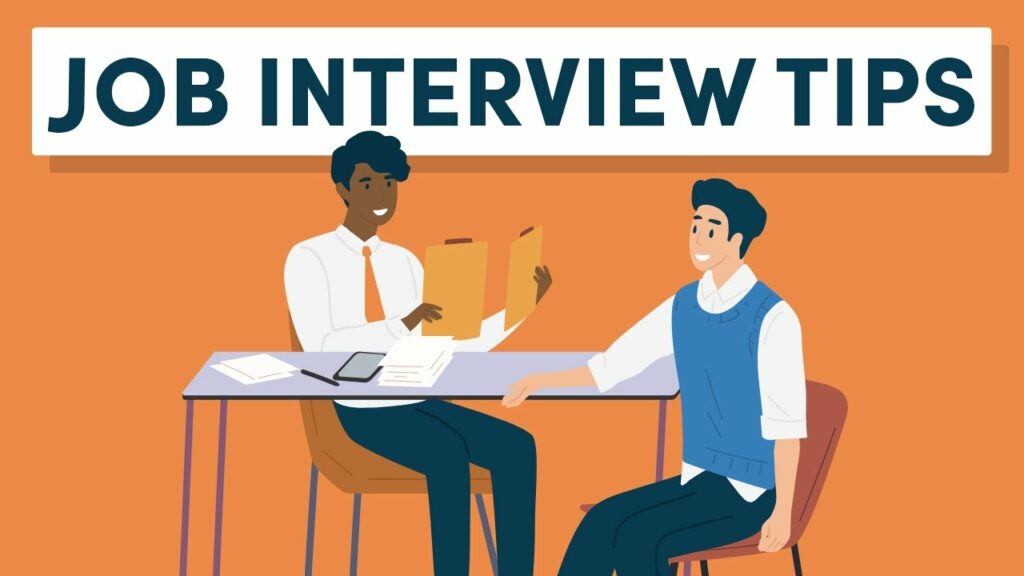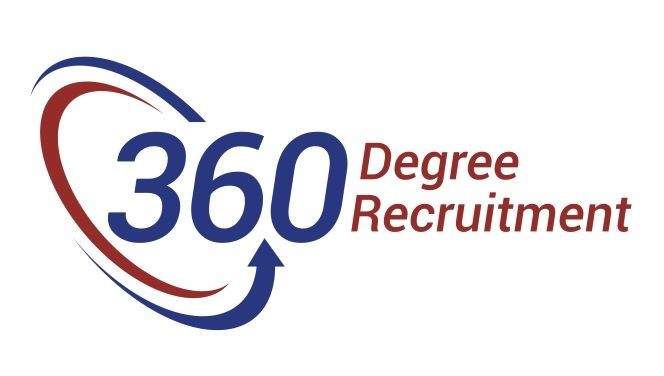Sponsorship for an H-1B Visa in a STEM Role
Challenges and Opportunities of Getting Sponsorship for an H-1B Visa in a STEM Role
The H-1B visa is a non-immigrant visa that allows U.S. employers to temporarily employ foreign workers in specialty occupations that require theoretical or technical expertise. STEM occupations are those that involve science, technology, engineering, or mathematics.
There are a number of challenges and opportunities associated with getting sponsorship for an H-1B visa in a STEM role.
Challenges of Sponsorship for an H-1B Visa
One of the biggest challenges with Sponsorship for an H-1B Visa is the annual H-1B cap. The U.S. government sets an annual cap of 65,000 H-1B visas, and there are typically many more applicants than there are visas available. This means that the H-1B lottery is very competitive, and many applicants are not selected.
Another challenge is the wage requirements. In order to qualify for an H-1B visa, the employer must offer the foreign worker a wage that is equal to or greater than the prevailing wage for the occupation in the area of employment. This can be a challenge for some employers, especially those who are located in areas with a high cost of living.
Finally, there is the issue of immigration fraud. There have been a number of cases of immigration fraud involving H-1B visas, and this has led to increased scrutiny of H-1B petitions by the U.S. government. This can make it more difficult for employers to get H-1B visas approved.

Opportunities
Despite the challenges, there are also a number of opportunities associated with getting sponsorship for an H-1B visa in a STEM role.
One of the biggest opportunities is the chance to work in the United States. The United States is a leading center for innovation and technology, and there are many opportunities for STEM workers in the U.S. job market.
Another opportunity is the chance to gain valuable experience. Working in the U.S. can give STEM workers the opportunity to learn from some of the best minds in the world and to gain experience in a cutting-edge industry.
Finally, getting an H-1B visa can be a stepping stone to permanent residency. After working in the U.S. for a certain number of years, STEM workers may be eligible to apply for a green card.
Conclusion
Getting sponsorship for an H-1B visa in a STEM role can be challenging, but it also offers a number of opportunities. If you are a STEM worker who is interested in working in the United States, then you should carefully consider whether an H-1B visa is the right option for you. Recruiters at Stemta encourage all employers to consider interviewing candidates needing a VISA, as the added value may be worth the process needed. Most VISA candidates have their own immigration lawyer and are happy to coordinate the process with the employer. Please contact a STEM Recruiter at Stemta Corporation for more info on Sponsorship for an H-1B Visa



